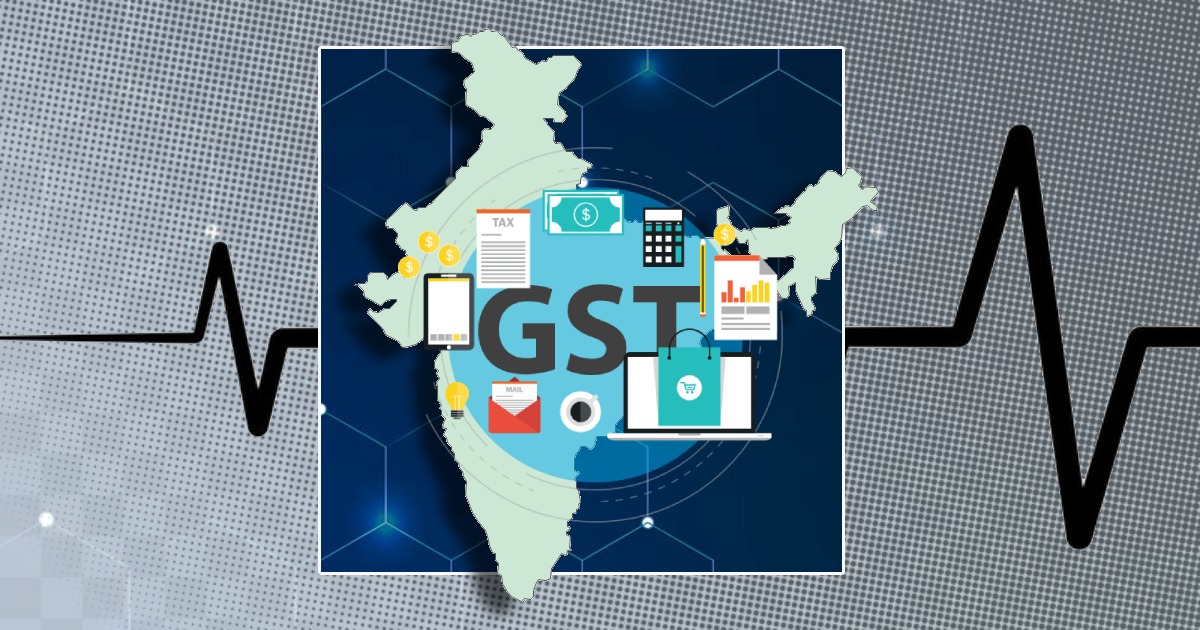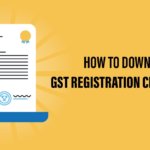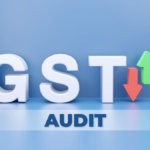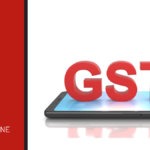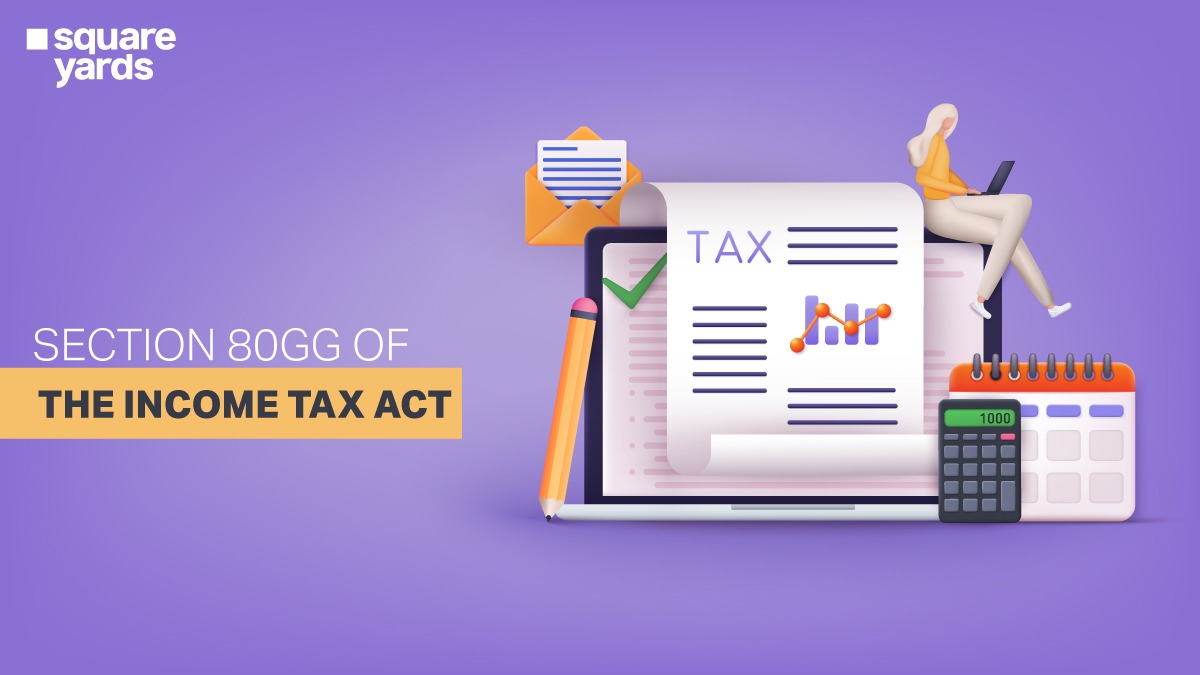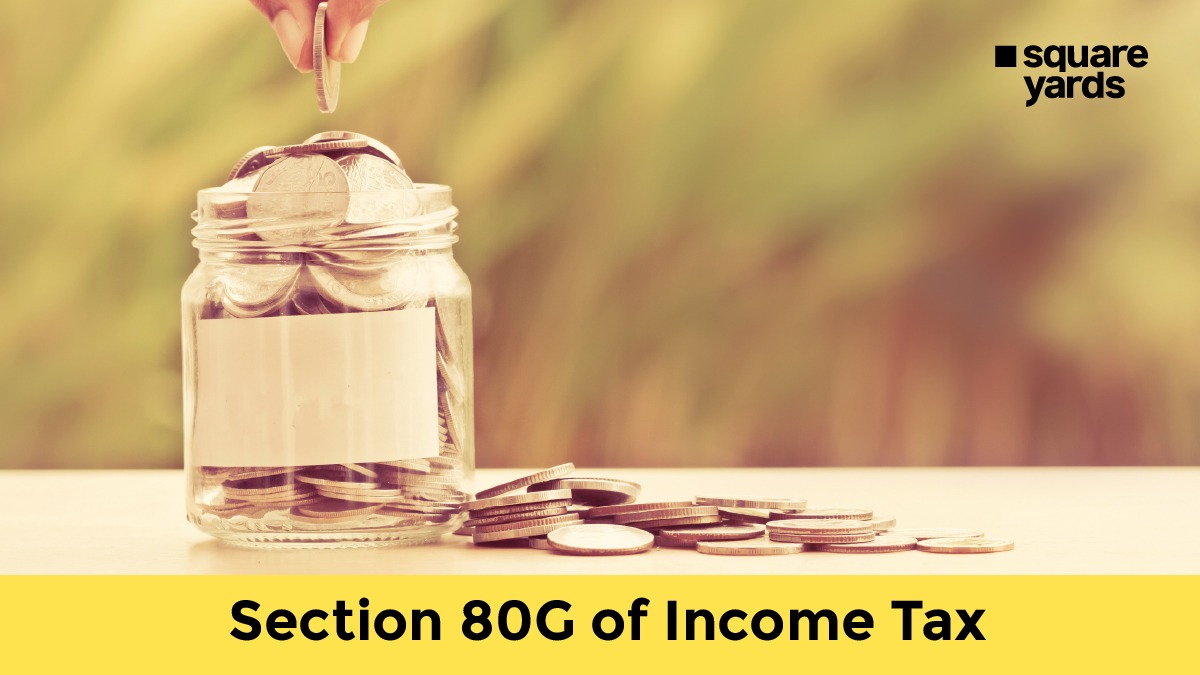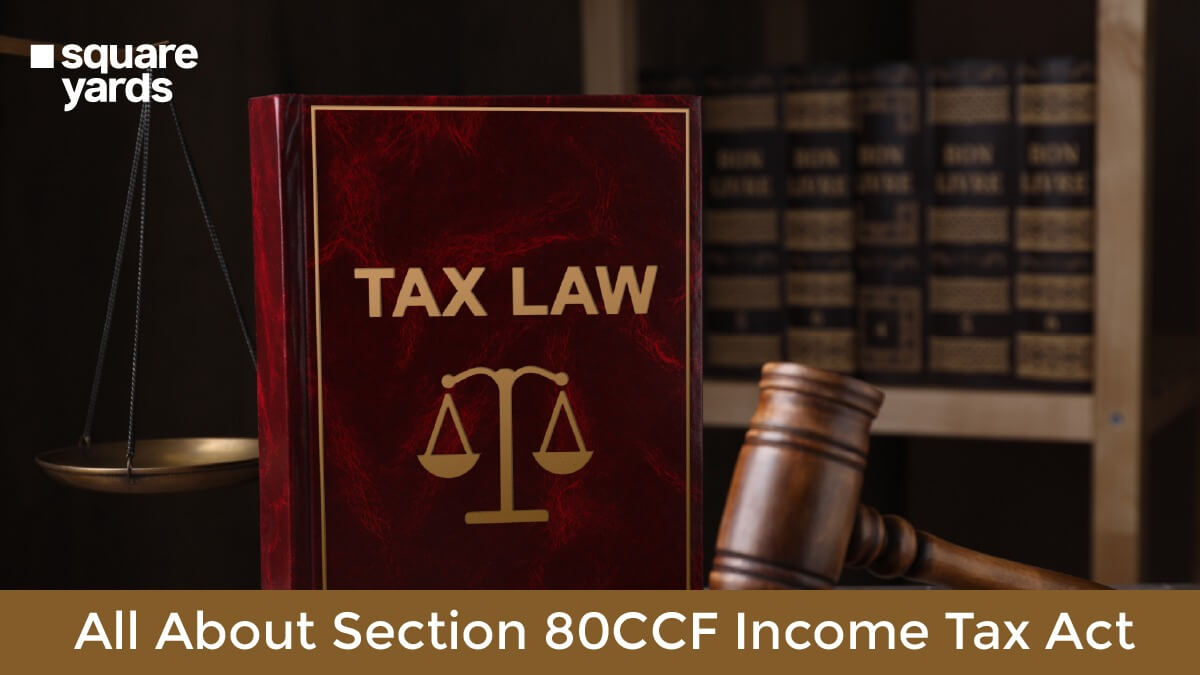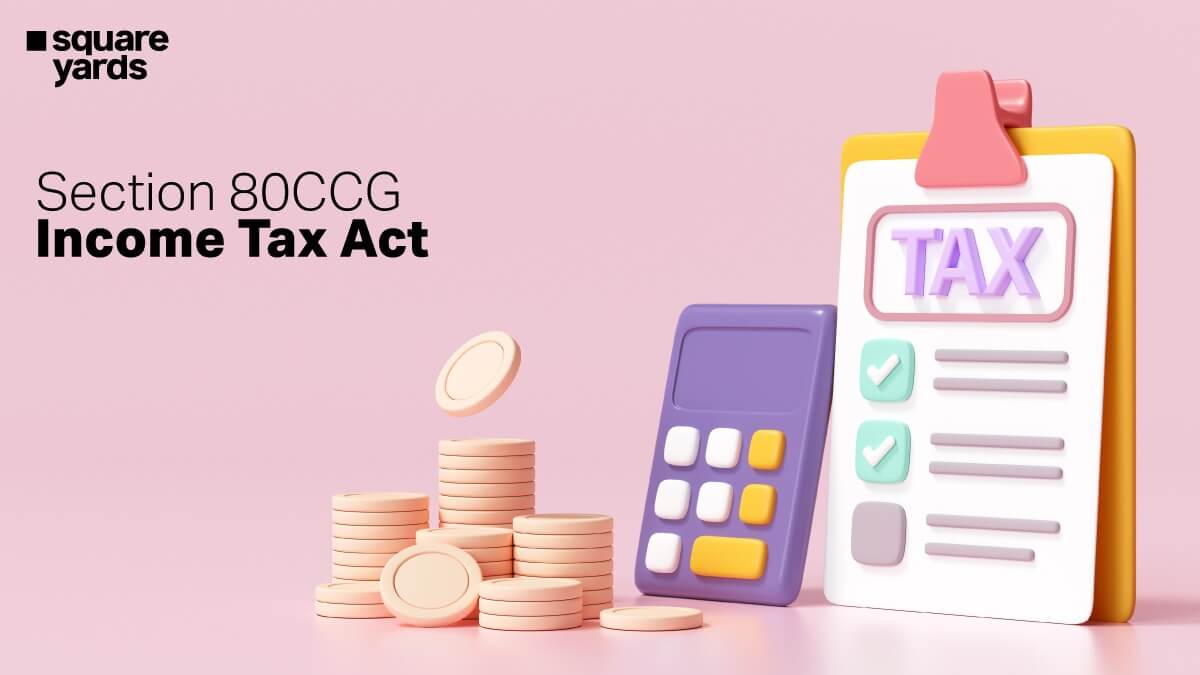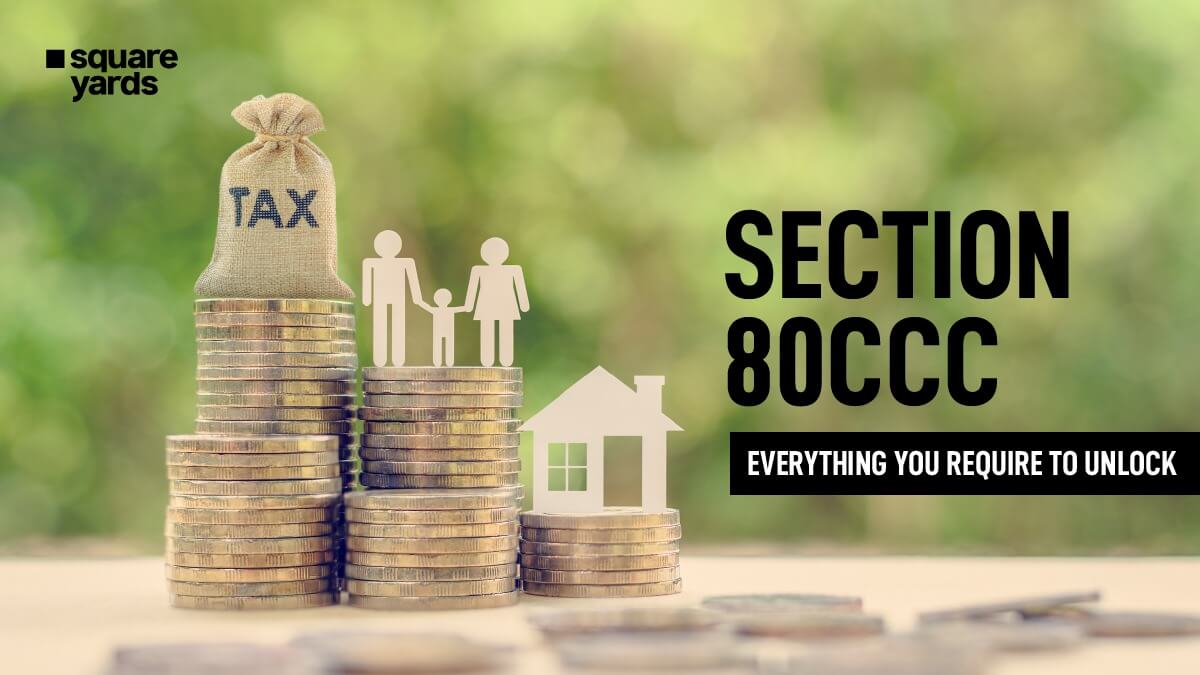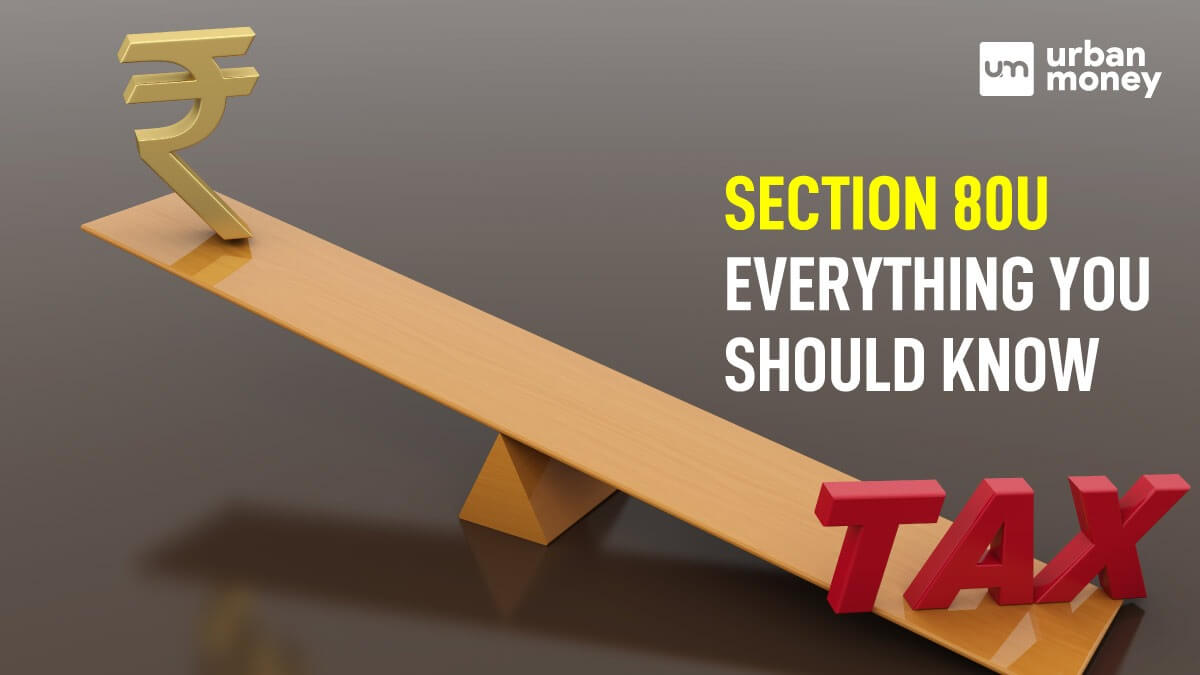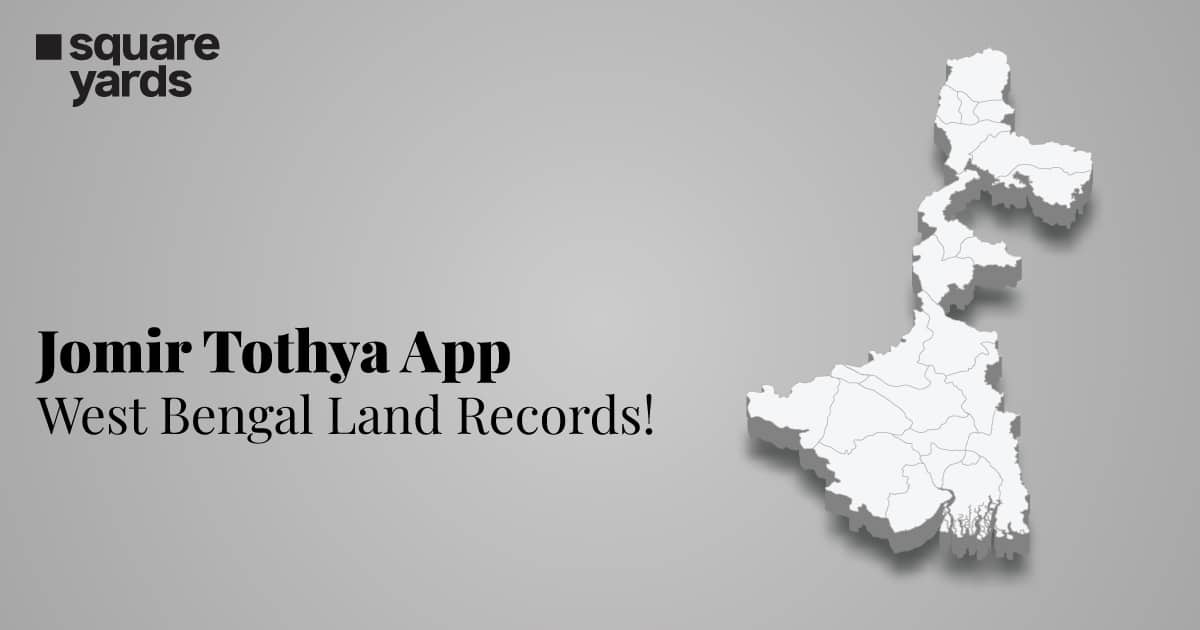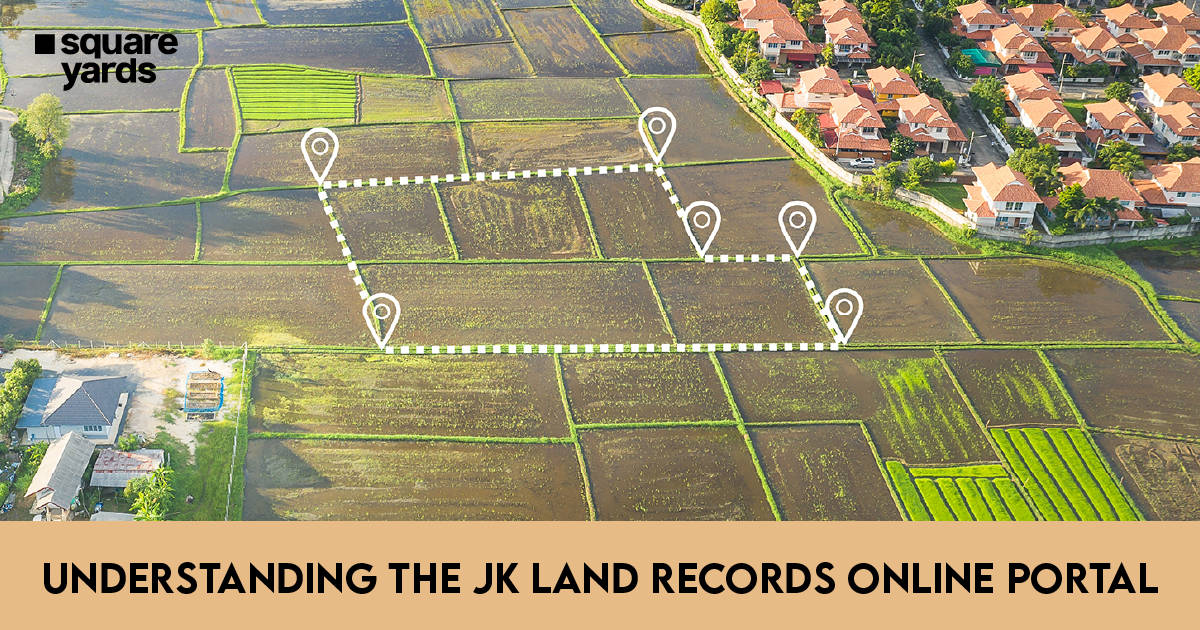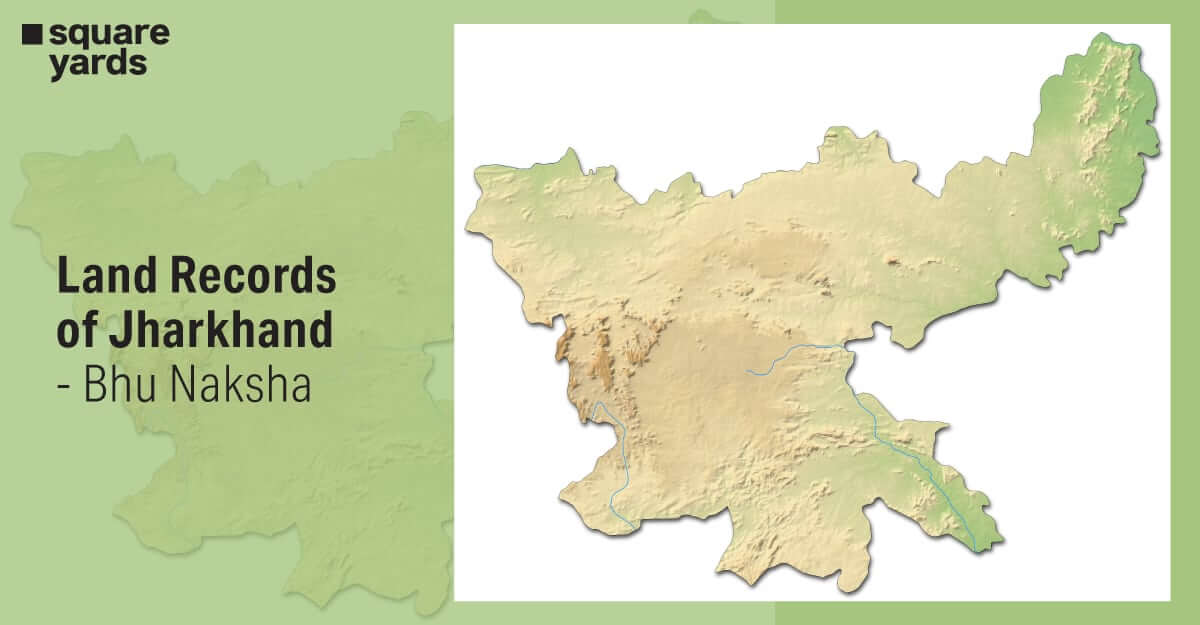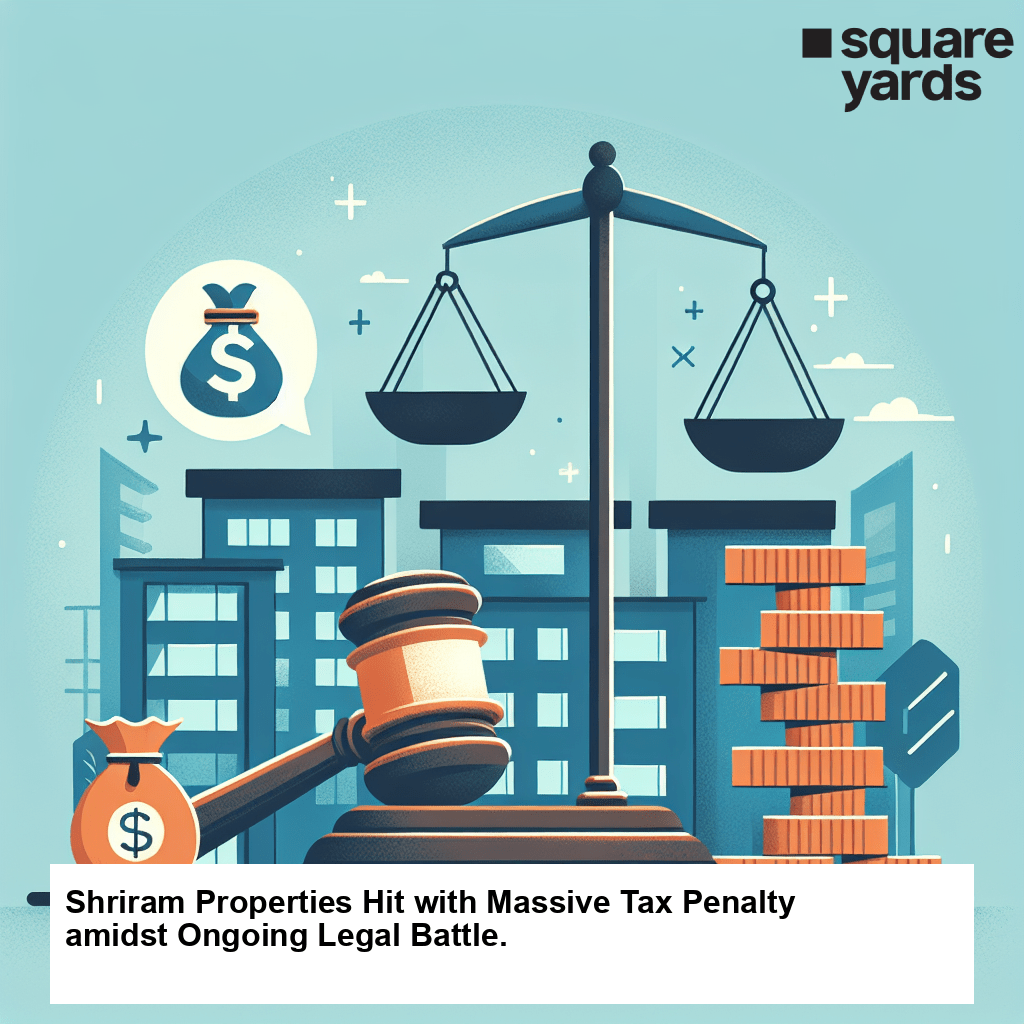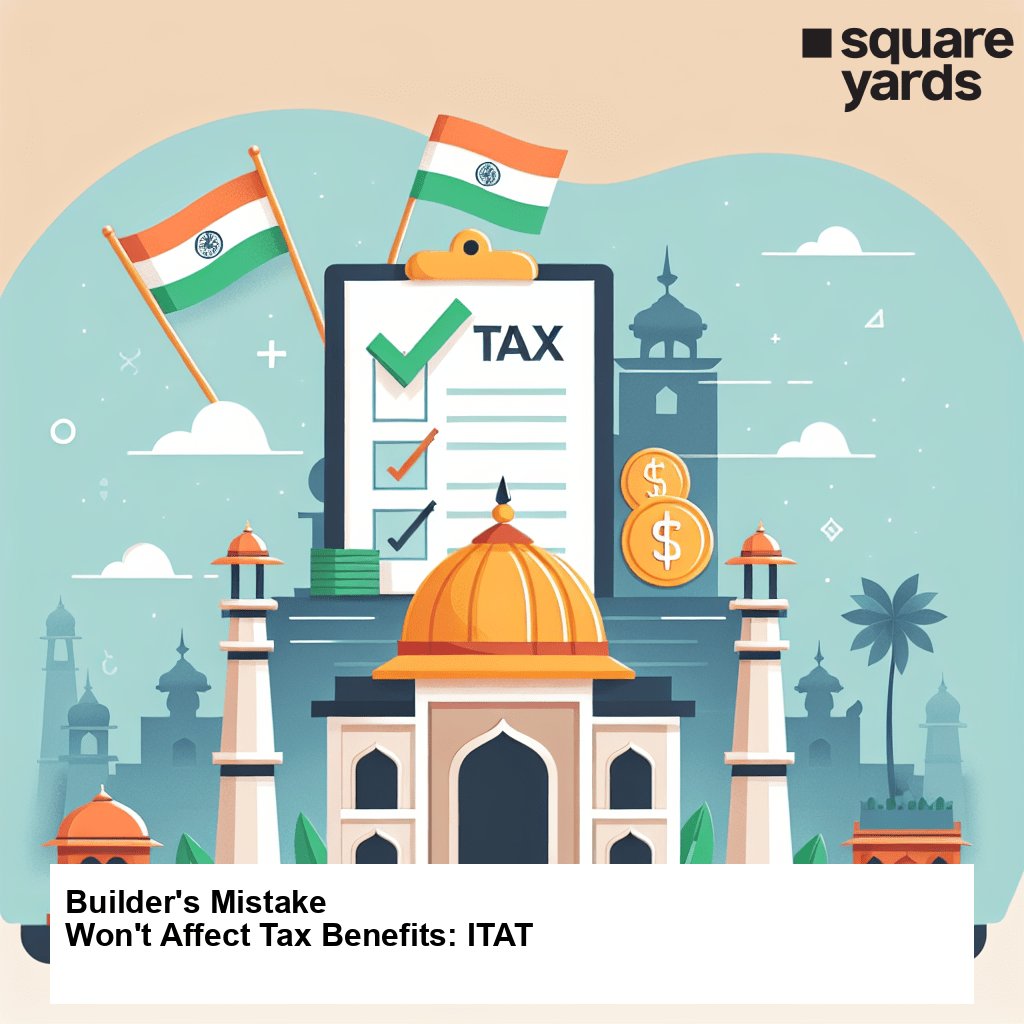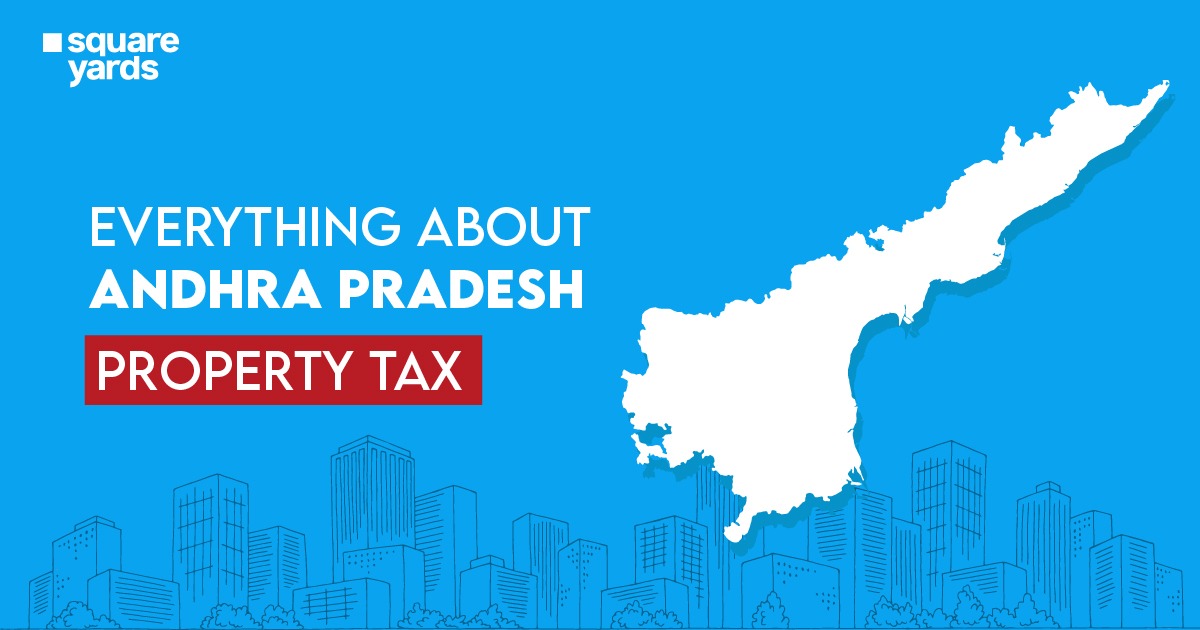GST , also known as Goods and Services Tax is an indirect tax in accordance with The Goods and Service Tax Act which was passed in the Parliament in 2017. This tax was introduced as a single-stop solution to replace various indirect taxes like excise duty, service tax, VAT, etc. Long story short, GST is levied on the sale of different types of goods and services. This law in India is a multi-faceted, all-inclusive, and destination-based tax that is charged on every value addition-based transaction.
Table of contents
- History and Timeline of GST in India
- Objectives of Goods and Service Tax
- What is a GST Number?
- How to Apply for GSTIN
- What are the Required Documents for GST Registration?
- Overview of GST Returns
- What is a GST Return?
- Who Files GST Returns?
- What are the Types of GST Returns?
- What is Input Credit?
- How to Claim Input Credit
- What is the GST Invoice?
- Frequently Asked Questions (FAQ’s)
History and Timeline of GST in India
The story of GST in India as we know it started in 2000 with the formation of a committee to draft the law. From then, it took 17 years of careful planning for the law to evolve and come into effect. Finally, in 2017 the GST law came into force in India. Now let’s take a look at the timeline of GST development in India:
2000: A committee is set up by then Prime Minister Atal Bihari Vajpayee to draft the GST law.
2004: A task force then reaches to the conclusion that GST should be implemented in order to improve the existing tax structure.
2006: GST implementation is proposed with effect from 1 April, 2010.
2007: It’s decided that CST has to be phased out. Further, the rates are reduced from 4% to 3%.
2008: Dual GST structure to have separate levy and legislation, as finalised by EC.
2010: GST implementation is postponed. Meanwhile, a project is launched to computerise commercial taxes.
2011: A constitution amendment is introduced to enable the GST law.
2012: A standing committee commences discussion on GST, but it is postponed due to clause 279B.
2013: The committee tables its report on GST.
2014: The GST Bill is re-introduced in the Parliament.
2015: The Lok Sabha passes the GST Bill. But it is not passed in Rajya Sabha.
2016: Goods and Service Tax Network goes live. Amended Model GST law gets the nod in both houses of parliament. The President gives approval.
2017: The Lok Sabha passes four supplementary GST Bills. GST comes into effect on 1st July.
Objectives of Goods and Service Tax
The GST was introduced with the vision to remove the overflowing effect on the sale of goods and services. This in turn has also impacted the cost of goods. The GST act eliminates tax on tax, which in turn decreases the price of goods. Some of the other objectives of GST are as follows:
To Realise the Vision of ‘One Nation, One Tax’
One of the major things that GST has done is eliminate multiple indirect taxes which were used during the previous tax structure. The advantage of having GST is that it means that all the states in the country have the same rate for a particular product or service. Further, since the Central Government decides all the prices and policies, the tax administration is much simpler. Moreover, this opens up the door for the introduction of new common laws, like e-way bills for transportation of goods and e-invoicing for transaction reporting. This ensures that the tax compliance is also much better as taxpayers are not weighted down with the numerous forms and tax deadlines.
To Incorporate all the Indirect Taxes in India
Before the implementation of GST, India had numerous indirect taxes like central excise, value added tax, service tax, etc. These taxes were charged at multiple supply chain stages. Some of these indirect taxes were regulated by the state government while others were regulated by the Central Government. There was always a need for a unified and centralised tax on both goods and services. Under the GST law all the major indirect taxes were classified into one single tax. As a result, the compliance burden on taxpayers was greatly reduced while it also made tax administration very easy for the Government.
To Get Rid of Cascading Effect of Taxes
The main objective of GST was to control/eliminate the cascading effect of taxes. Previously, owing to the numerous indirect tax laws, taxpayers found it immensely difficult to set off the tax credits of one tax from the other. This in turn, caused a cascading effect of taxes. In compliance with The GST, the tax is levied only on the value-added at every stage of the product supply chain. This has ensured that the cascading effect on taxes has been eliminated and contributed to the easy flow of tax credits across goods and services.
To Fight Tax Evasion
A lot of thought and deliberation has gone into formulating the GST structure for India, which makes the laws governing it more stringent than any other previous existing tax structure. Under the GST laws, an input tax credit can be claimed by the taxpayer only on invoices which are uploaded by the concerned supplier. This means that now people are less likely to claim input tax credits on fake invoices. This objective has only been justified with the introduction of e-invoicing. Owing to GST’s vast and elaborate surveillance system, defaulters are now being identified quicker and far more efficiently. Due to all these reasons, it is safe to say that the implementation of GST has minimised tax evasion and fraud.
Increasing the Taxpayer Base
GST has massively helped in increasing the taxpayer base in India. Prior to the introduction of GST, all of the tax laws had separate threshold limits for registration based on the turnover. Since it is a consolidated tax, GST has successfully increased the number of tax registered businesses in the country. Further, the stringent laws governing input tax credits have played their part in bringing some of the unorganised sectors into the tax net.
What is a GST Number?
GSTIN or Goods and Service Tax Identification Number is the unique 15-digit personal identification number associated with every taxpayer in the GST regime. You can register for GST for free and get your GSTIN. This number acts as a replacement for the TIN number which was issued by the state Government under the VAT law. Since 2017, businesses registered under GST are provided with their very own GSTIN.
Structure of GSTIN
Every taxpayer registered under the GST law receives a State + PAN-based GSTIN. The following is the breakdown of the GSTIN format:
- The first two digits of your GSTIN stand for the state code
- The next 10 digits of the GSTIN are the PAN number of the taxpayer
- The 13th digit represents the number of registrations done by the organisation within the same state using the same PAN
- The 14th digit is always by default the alphabet ‘Z’
- The last digit is the check code. It is usually denoted by either an alphabet or a number
How to Apply for GSTIN
There are two different ways to apply for a GSTIN. They are as follows:
GST PORTAL
- The first step is to log on to the online GST portal
- You then need to click on ‘New Registration’ and fill in all the required details in Part A of the application
- Your details are the verified by the portal by send OTPs to both your registered number and e-mail
- Once the verification process is complete, you will get an Application Reference Number (ARN) on your registered number or e-mail
- Now you can proceed to fill Part B of the application using your ARN. You will need certain documents to complete this part of the process, they are as follows:
- Photographs
- Constitution of Taxpayer
- Authorization forms
- Bank Account Details
- Constitution of taxpayer
- In the last step, you need to provide all the necessary information along with the supporting documents and submit the application using DSC or Aadhaar OTP
Once you have successfully submitted the completed application, the GST officer will verify the application within 3 business days. After verification, the officer can either approve your application, in which case you will receive your Certificate of Registration, or the officer might request for more information using the Form GST-REG-03.
If the Officer has requested additional information, then you have 7 working days to provide the said details. After you provide the details, the officer then has the authority to reject your application, citing the reason for the same in form GST-REG-05. If the details provided by you are to the satisfaction of the officer, then the application will be processed and you will get a Certificate of Registration.
GST Seva Kendra
You can also register for your GSTIN by visiting your nearest GST Seva Kendra. The government has set up multiple service centers or “Seva Kendras” to regulate all the things related to GST as well as for the convenience of the taxpayers. These centers have been set up for the taxpayers who do not have access to the online portal. These Seva Kendras also help in the migration of many taxpayers to the GST regime.
What are the Required Documents for GST Registration?
The following are the documents that you will need to furnish during GST registration:
- Applicant’s PAN card
- Applicant’s Aadhaar Card
- Address proof for the place of business
- Cancelled cheque/Bank statement
- Digital signature
- Proof of business registration
- Letter of authorization
- Identity and address proof
Overview of GST Returns
According to the GST law that came into effect in 2017, all businesses registered under this regime have to file GST returns. These returns can be monthly or quarterly along with an annual return, depending on the type of business. Generally, these returns are done online on the GST portal. Let’s take a little more in depth look at what GSTR is:
What is a GST Return?
A GSTR can be defined as a document that has all the details regarding all the sales/income along with the purchase/sale which every taxpayer has to file with the tax regulation authority. The tax authorities use this to calculate the net tax liability. The following are the GST returns that a registered dealer has to file:
- Purchases
- Sales
- Output GST (on sales)
- Input tax credit (GST paid on purchases)
Who Files GST Returns?
Under the GST regime, any registered business which has an annual turnover of more than Rs. 5 crore, has to file two monthly returns along with one annual return. This roughly translates to about 25 returns in a year.
For GSTR-1 the number of GSTR filings may be varied under the QRMP scheme. They have to do 9 GSTR filings online, this includes the annual return and GSTR-3B. Special cases like composition dealers have to make 5 GSTR filings in a year.
What are the Types of GST Returns?
Below is the list of all the returns as under the GST law along with the frequency of the returns:
| Return Form | Description | Frequency |
| GSTR-1 | Information regarding outward supply of taxable goods and services. | Monthly & Quarterly |
| GSTR-2 (Suspended with effect from September 2017) | Details regarding inbound supplies of goods and services affected claiming the input tax credit | Monthly |
| GSTR-3 (Suspended with effect from September 2017) | This is a monthly return that is based on the details of outbound supplies and inbound supplies together with the payment of tax | Monthly |
| GSTR-3B | This is a simple return which summarises outward supplies along with tax input credit. Payment of tax is affected by the taxpayer. | Monthly |
| CMP-08 | This is a statement-cum-challan used to make a tax payment by a registered taxpayer in accordance with composition scheme under section 10 of the CGST act. | Quarterly |
| GSTR-4 | This return is filed by a taxpayer registered in accordance with the composition scheme under section of the CGST act. | Annually |
| GSTR-5 | This is a return to be filed by a non-resident foreign person who is taxable under this law. | Monthly |
| GSTR-6 | This return is to be filed by an input service distributor in order to distribute the eligible input tax credits. | Monthly |
| GSTR-7 | This is a return for authorities deducting TDS. | Monthly |
| GSTR-8 | This return is about supplies affected through e-commerce operators and the amount of TDS collected by them. | Monthly |
| GSTR-9 | Return to be filed by a normal taxpayer. | Annually |
| GSTR-10 | This return is to be filed by a taxpayer whose GST registration has been cancelled. | When the GST registration is cancelled/surrendered |
| GSTR-11 | These include the details of inbound supplies to be provided by a person with UIN and claiming refund | Monthly |
What is Input Credit?
Input credit is the amount of tax that you can deduct from the output tax if you have already paid taxes on input. Let us assume that you are a manufacturer- if the tax payable on output is Rs.450 and the tax you paid on input is Rs.200, then you can claim input tax credit of Rs 200 and deposit only Rs 200 in taxes.
When you are registered under the GST tax regime, an Input Credit Mechanism will be made available to you. This means that if you are a GST registered supplier, manufacturer, agent, e-commerce facilitator, aggregator, etc, you are eligible to claim input credit for tax paid on purchases.
How to Claim Input Credit
In order to claim input credit under GST:
- You need a debit note/tax invoice as issued by a registered dealer
- Goods/services should be received by you
- The supplier needs to deposit the tax charged on your purchases in cash or via claiming input credit
- GST returns has to be filed by supplier
What is the GST Invoice?
GST invoice is sort of a proof of payment/bill that is provided by a supplier to the one purchasing the goods/services. The said invoice is issued within a period of maximum 30 days from the provision of service. Usually, a GST invoice contains the below information:
- Name of Product
- Description
- Quantities of the goods/services
- Details of suppliers and purchaser
- Date of provision
- Terms of supply
- Price of the goods/services provided
- Discount, if any
You May Also Read:
GST E-Way Bill: GST E-way Bill.
GST State Code: GST State Code List and Jurisdiction
GST Compensation Explained – Learn All About the GST Compensation and Its Significance
GSTR 2A: GSTR 2A – How to fill and Download
Goods Transport Agency: GTA (Goods Transportation Agency ) Under GST
GSTR-6: Learn filing GSTR 6, ISD, Eligibility Criteria, and Key Features
Frequently Asked Questions (FAQ’s)
Who is exempt from GST registration?
Under the GST Act, any organisation/business entity having an annual turnover lower than Rs. 20 lakhs are exempt from GST registration.
Does a person need GST registration if they only deal in exempted products?
No, if a person is only dealing in products exempted from GST act, they need not register.
If a dealer is providing export services, do they need to issue a tax invoice to the customer?
Since export is classified as a zero-rated supply under GST, they are not considered as exempted services. This means that a tax invoice has to be issued.


